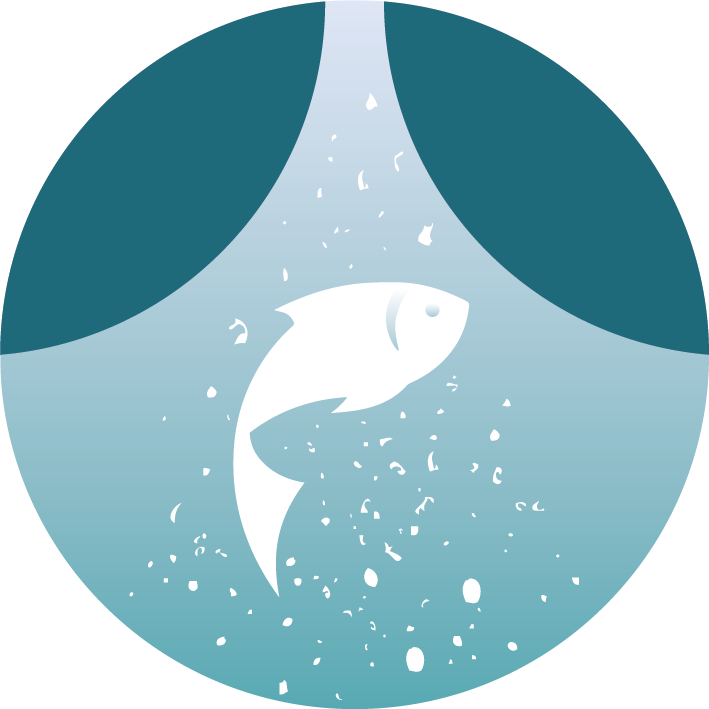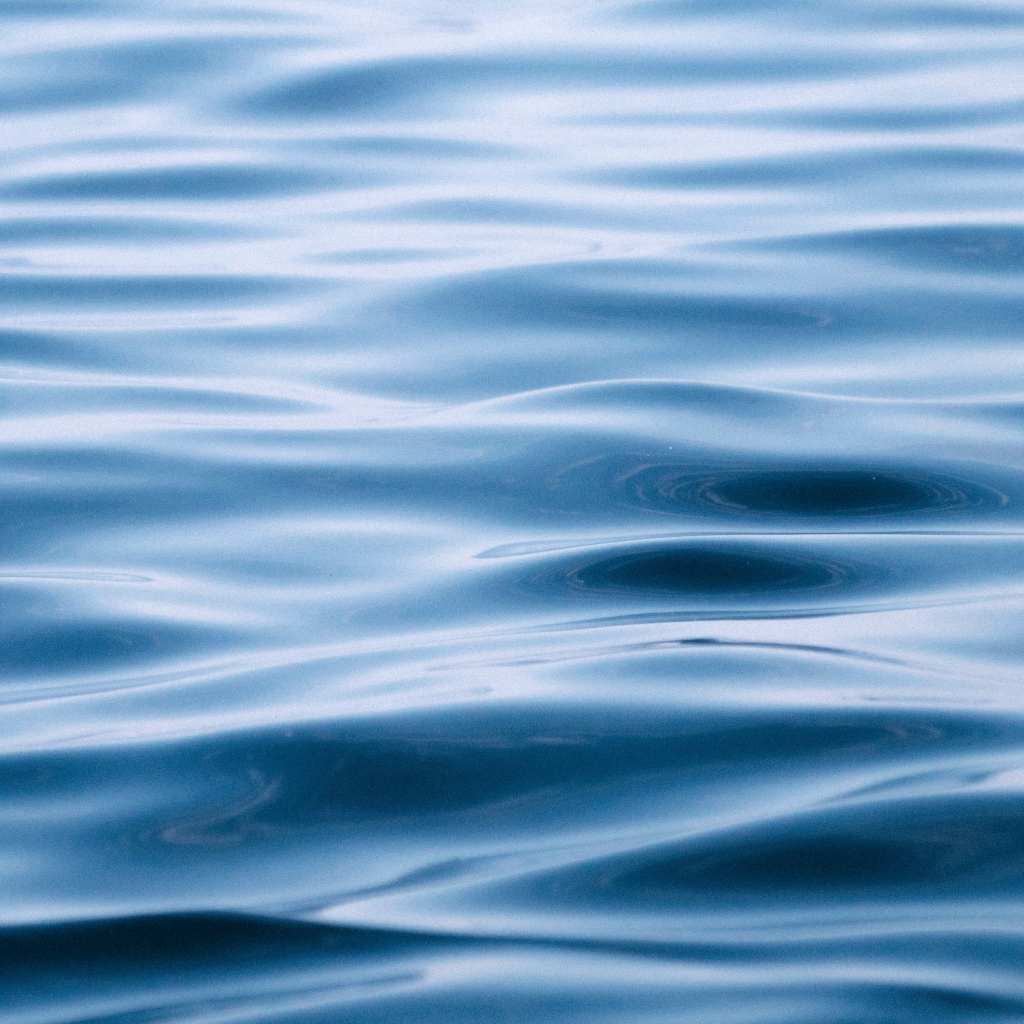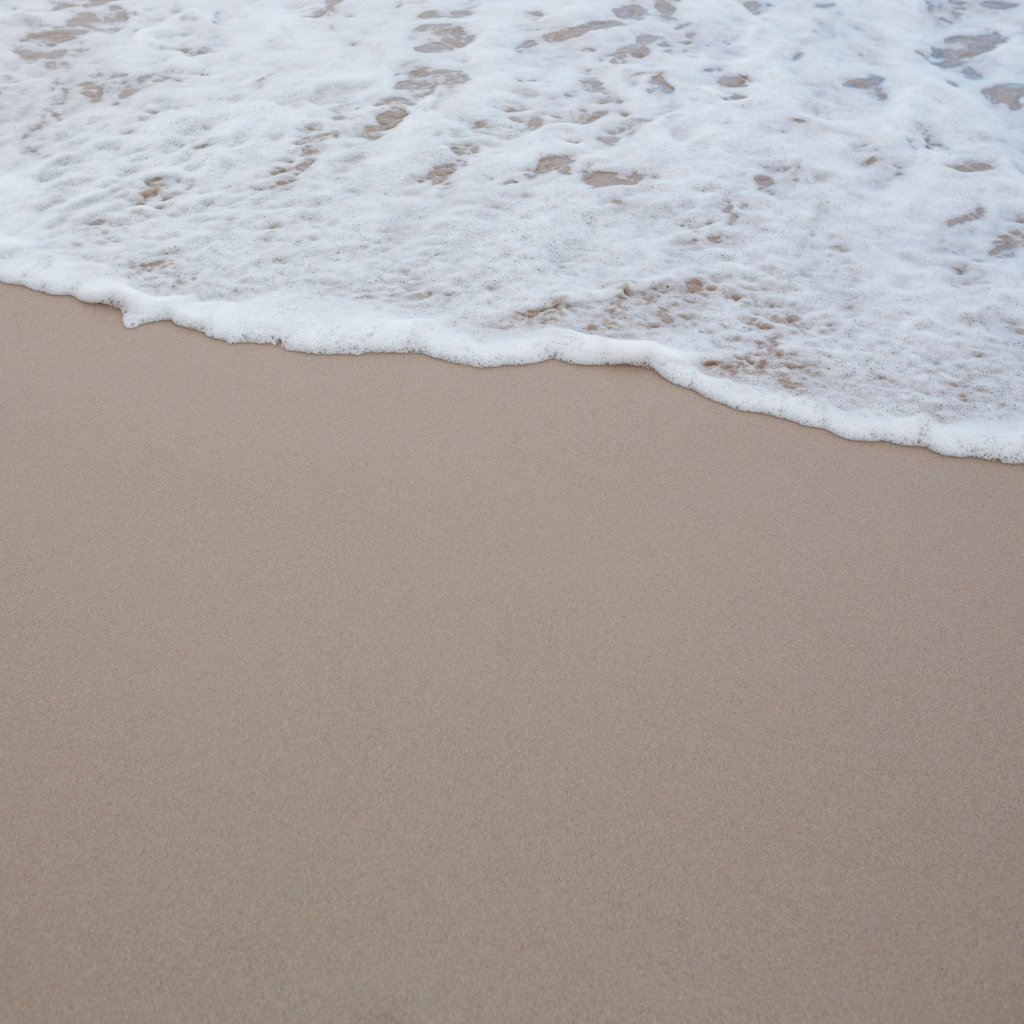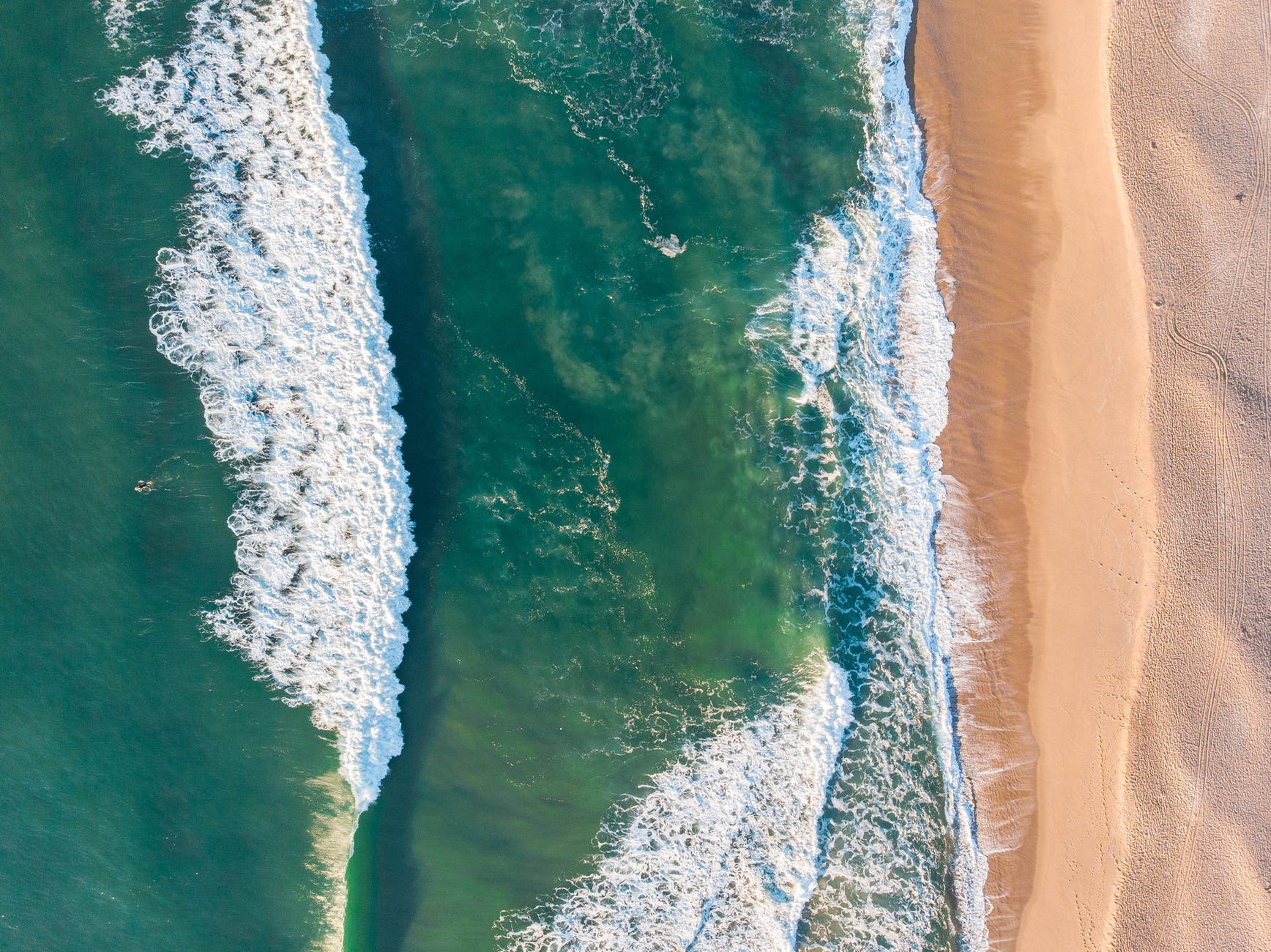i-plastic
From the land to the sea, the fate of micro and nanoplastics


About i-plastic
The recent acceleration of microplastic pollution has increased the need to develop novel collaborative tools for synergistic problems affecting coastal and oceanic ecosystems. One of the main hurdles is the lack of standardized, comparable and integrated information on smaller size (micro- and nano-) plastic pollution, including their abundance, sources, regional hotspots of accumulation, fragmentation, and transport at the land-sea interface.

Main objectives
The i-plastic project aims to comprehensively ascertain the fate of microplastics (5 mm to 1 µm) and nanoplastics (below 1 µm) at the land-ocean interface under distinct flow and climate regimes, and their dispersion to the open ocean.
This overall objective will be addressed through a seasonal in-situ monitoring of three estuaries located in Brazil, Portugal and Spain, laboratory experiments on distinct commercially valuable species, the development of new approaches to detect and characterize nanoplastics in environmental matrices and the processes governing macroplastics (over 5 mm) fragmentation. The data generated will be used to model the dispersion of these pollutants from the land-sea interface to the open ocean.

Partners
The i-plastic project assembles a multidisciplinary consortium of European and Brazilian experts from five institutes and four countries.

Latest News
Review on MPs sampling methods in the Mediterranean


i-plastic project is funded by JPI-Oceans through support by the national funding agencies:
Brazil: Fundação Cearense de Apoio ao Desenvolvimento Científico e Tecnológico (FUNCAP); Italy: Ministero dell’Università e della Ricerca (MUR); Portugal: Fundação para a Ciência e a Tecnologia; Spain: Agencia Estatal de Investigacíon (AEI; Project reference: AEI/10.13039/501100011033)
Project coordinated by Patrizia Ziveri and Michaël Grelaud